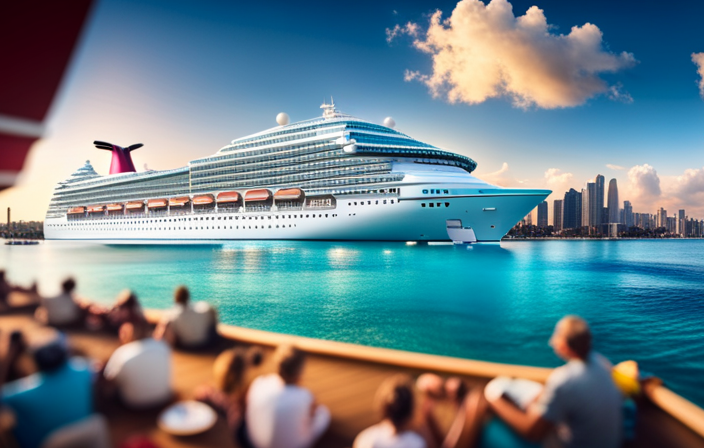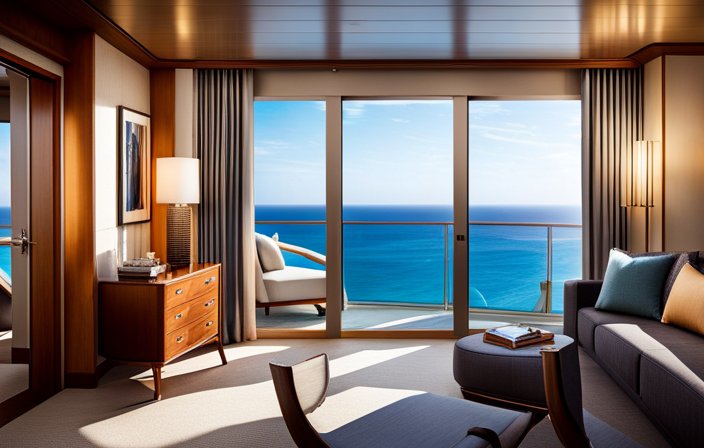How Long Does Dizziness After A Cruise Last

The gentle rocking of the waves, the boundless horizon meeting the sky, the salty air filling your lungs – a cruise vacation is often the epitome of relaxation. But as you step back onto solid ground, something feels…off. The world seems to sway, the ground feels unsteady, and that familiar sense of motion lingers, unwelcome, long after the ship has docked. You're experiencing what many cruisers know as 'land sickness' or Mal de Debarquement Syndrome (MdDS).
Post-cruise dizziness, while often temporary, can be unsettling. For most, it fades within a few hours or days, but for some, it can persist much longer, significantly impacting their daily lives. Understanding the causes, typical duration, and available treatments is crucial for cruisers to navigate this disorienting aftermath.
Understanding Post-Cruise Dizziness: It's More Than Seasickness
While the immediate assumption might be seasickness extended, post-cruise dizziness is often attributed to Mal de Debarquement Syndrome (MdDS). MdDS is a neurological disorder where the body struggles to readjust to a stable environment after prolonged exposure to motion.
The brain adapts to the constant motion of the ship during a cruise. When you disembark, your brain continues to perceive motion, even though your body is stationary. This sensory mismatch leads to the feeling of rocking, swaying, or tilting.
The Science Behind the Sway
The exact cause of MdDS isn't fully understood. However, it's believed to involve a complex interplay between the inner ear (vestibular system), the visual system, and the brain's sensory processing centers.
According to the Vestibular Disorders Association (VEDA), women are four times more likely to develop MdDS than men. This suggests hormonal factors may play a role.
Other potential risk factors include a history of migraines, motion sickness, or anxiety disorders. Furthermore, the length of the cruise can also influence the likelihood of experiencing post-cruise dizziness.
How Long Does the Dizziness Last? The Spectrum of Experiences
The duration of post-cruise dizziness varies considerably from person to person. For many, the symptoms are mild and resolve quickly.
In most cases, the disequilibrium fades within a few hours to a few days after disembarking. This is considered Transient MdDS.
However, for some individuals, the symptoms persist for weeks, months, or even years. This is classified as Chronic MdDS, and it can be a debilitating condition.
Transient MdDS: A Fleeting Feeling
Most cruisers experience a temporary period of disequilibrium. It's often described as a mild rocking or swaying sensation.
This fleeting dizziness usually resolves on its own as the brain recalibrates to a stable environment. Staying hydrated, getting plenty of rest, and avoiding excessive caffeine or alcohol can help expedite the recovery process.
Chronic MdDS: When the Sway Lingers
When the dizziness persists beyond a month, it's typically considered Chronic MdDS. This more persistent form can significantly impact quality of life.
Individuals with Chronic MdDS may experience persistent rocking, swaying, or bobbing sensations, even when sitting or lying down. The symptoms can be exacerbated by certain triggers, such as driving, being in enclosed spaces, or exposure to visual stimuli like flickering lights.
VEDA emphasizes that Chronic MdDS is a distinct neurological disorder and requires specialized diagnosis and treatment.
Seeking Help: Diagnosis and Treatment Options
If post-cruise dizziness persists for more than a few weeks, seeking medical attention is crucial. A healthcare professional can help rule out other potential causes of dizziness and provide appropriate management strategies.
Diagnosis of MdDS typically involves a thorough medical history, a physical examination, and vestibular testing. Vestibular testing assesses the function of the inner ear and balance system.
There is no single cure for MdDS, but various treatments can help manage the symptoms. These include vestibular rehabilitation therapy, medication, and lifestyle modifications.
Vestibular Rehabilitation Therapy (VRT)
VRT is a specialized form of physical therapy that helps the brain compensate for inner ear dysfunction. It involves a series of exercises designed to improve balance, coordination, and visual stability.
A qualified vestibular therapist can tailor a VRT program to meet the individual needs of each patient. VRT is often considered the first-line treatment for MdDS.
Medications
Certain medications can help alleviate the symptoms of MdDS, such as anti-anxiety medications, antidepressants, and migraine medications. The choice of medication depends on the individual's specific symptoms and medical history.
It's important to discuss the potential risks and benefits of medication with a healthcare professional before starting treatment.
Lifestyle Modifications
Making certain lifestyle changes can also help manage the symptoms of MdDS. These include getting regular exercise, maintaining a healthy diet, and avoiding triggers that exacerbate the dizziness.
Stress management techniques, such as yoga, meditation, and deep breathing exercises, can also be beneficial.
Preventing Post-Cruise Dizziness: Is it Possible?
While there's no guaranteed way to prevent MdDS, there are steps you can take to minimize your risk and potentially reduce the severity of symptoms.
If you are prone to motion sickness, taking preventative measures such as using motion sickness medication or wearing acupressure bands may help. Staying hydrated and avoiding excessive alcohol consumption during the cruise can also be beneficial.
Gradual re-entry to land-based activities is also advisable. Avoid immediately engaging in activities that require a lot of balance or coordination, such as driving or operating heavy machinery. Give your brain time to readjust to a stable environment.
Living with MdDS: Finding Support and Hope
Living with Chronic MdDS can be challenging, but it's important to remember that you are not alone. Support groups and online forums can provide a sense of community and connect you with others who understand what you're going through.
Organizations like VEDA offer valuable resources, information, and support for individuals with vestibular disorders, including MdDS. Connecting with others who have similar experiences can provide emotional support, practical advice, and a sense of hope.
Research into MdDS is ongoing, and new treatments are being developed. While there's still much to learn about this complex condition, advancements in understanding and managing MdDS offer hope for improved outcomes and a better quality of life for those affected.
Conclusion: Navigating the Seas and Shores of MdDS
Post-cruise dizziness, whether a fleeting inconvenience or a persistent challenge, is a real experience for many travelers. Understanding the nature of MdDS, recognizing the spectrum of its duration, and knowing the available treatment options are crucial steps in navigating this disorienting aftermath.
While the rocking of the boat may cease upon disembarkation, the journey to regaining balance and stability can continue for some. With awareness, proactive management, and access to appropriate care, individuals experiencing post-cruise dizziness can find their footing and confidently navigate the shores of life, long after the cruise is over.
So, the next time you step off a cruise ship, remember to be patient with your body, listen to its signals, and seek help if needed. The sea may be behind you, but the promise of steady ground and a balanced life lies ahead.


















